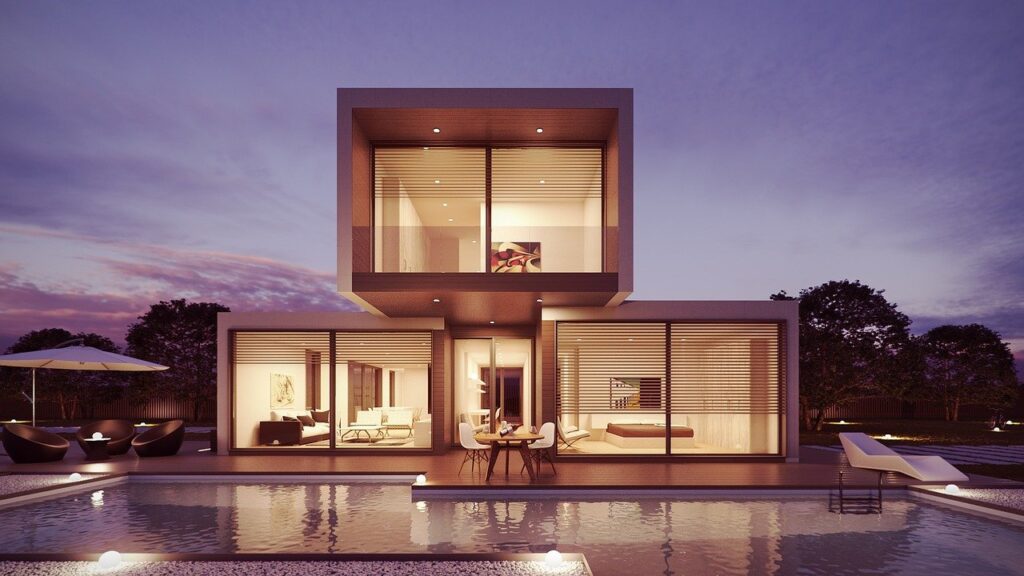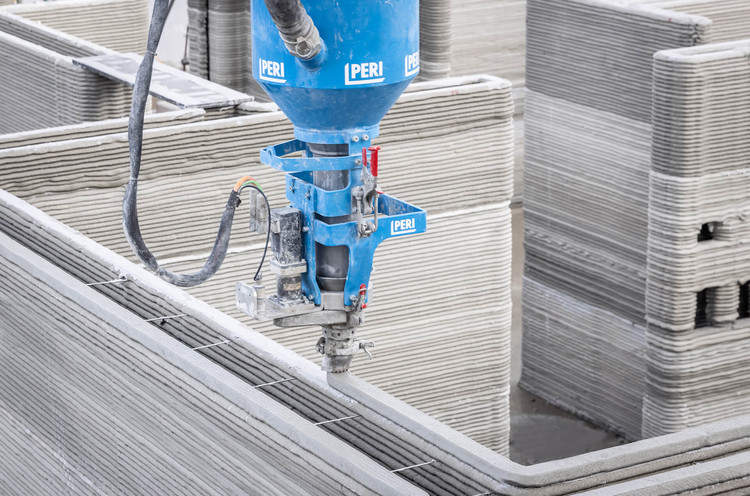Automation for a Sturdier, Cheaper House
Summary
Automation in the construction industry is being used increasingly to reduce build time, cost and increase accuracy. For instance, 3D printing can build all insulating concrete walls of a house in 2 days. The remainder is completed in a few weeks at maybe 50 to 60% of the cost, including all services. It will be sturdy, accurately built and secure.
Automation is not limited to houses and is used for unit blocks, office buildings, etc.
This blog will focus on housing but also go into the advantages of automated construction generally, for roads, bridges, tunnels, etc.
Besides printing houses on site, increasingly houses around the world, such as the one below are assembled on site from kits, built in factories.

3D Printed Houses
In USA, a 3 bedroom, 2 bath home built in just two weeks using 3D printers has been listed for sale for $US300,000, about half the price of a similar home in the same area.
Here is how the computer controlled 3D printer does it, layer by layer.

In most cases, the walls are left ridged as shown above. The gaps on the right are where services are fitted. Thermal insulation is used in the wall gap and where necessary steel reinforcing within the concrete. Sometimes materials other than concrete are used, e.g. an earth composite in parts of Africa where concrete components are not readily available.
Automated Brick Laying
An Australian company is building houses using computer controlled bricklaying. It uses bricks 12 times bigger, which are lighter and stronger than house bricks. The mortar includes a special cement composite which cures quickly in 45 minutes. It is applied automatically prior to the brick being laid.
1000 bricks are laid per hour allowing one robot to build the brickworks for 100 to 300 houses per year. Human brickies average 600 to 800 bricks, 1/12 the size per day! That means the walls using the robot are built 120 times faster.
The robot has a small footprint and is usually mounted on a truck. See the video below:
Automation in Construction
Automation Advantages:
- Uniform quality, higher accuracy than by skilled workers.
- Replacing humans in tasks involving hard physical or monotonous work.
- Replacing humans in dangerous environments such as those with heights, over a river etc.
- Making tasks beyond human capabilities easier.
- Increasing work efficiency with reduced costs.
- Economic improvement: Automation can improve economies. The standard of living in Germany and Japan improved drastically in the 20th century, due mainly to embracing automation in construction.
- Improving the work environment as manual work is reduced to a minimum, so workers are relieved from uncomfortable work positions.
- This doesn’t mean workers are necessarily replaced. They can be re-skilled with more construction achieved.
Areas of Construction
- Roads & Runways construction
- Structures
- Buildings construction
- Ports
- Tunnels
- Factories and industries
References

6 Responses
Interesting Campbell. What take the place of the mortar between the bricks? Don’t they need to be tied together somehow?
Ian
Thanks for your comment.
Although not obvious, a specially formulated amount of mortar is automatically deposited on each brick before it is placed in position.
Hi Campbell
Another interesting blog and it was only a matter of time before computer automated construction came into play. Probably only the beginning of bigger things to come. It won’t please the BLF.
Hope all is well with you.
Cheers
John
John
Thank you and always good to hear from you. The BLF need to be convinced their workers will be reskilled and won’t have to do those hard labouring jobs and back breaking bricklaying anymore. Hopefully using these new methods will create more demand and most workers won’t be sacked. This has generally been the way with ‘industrial revolutions’.
Yes, all is pretty well with me except a hip replacement may be imminent. Trust you are well.
Campbell
3D printed concrete and a brick robot! Brilliant!
Ian
Thanks and I agree. The bricklaying machine by an Australian company, 120 times faster than human brickies has a big future.
Campbell